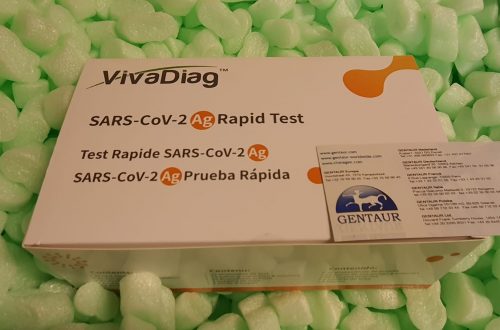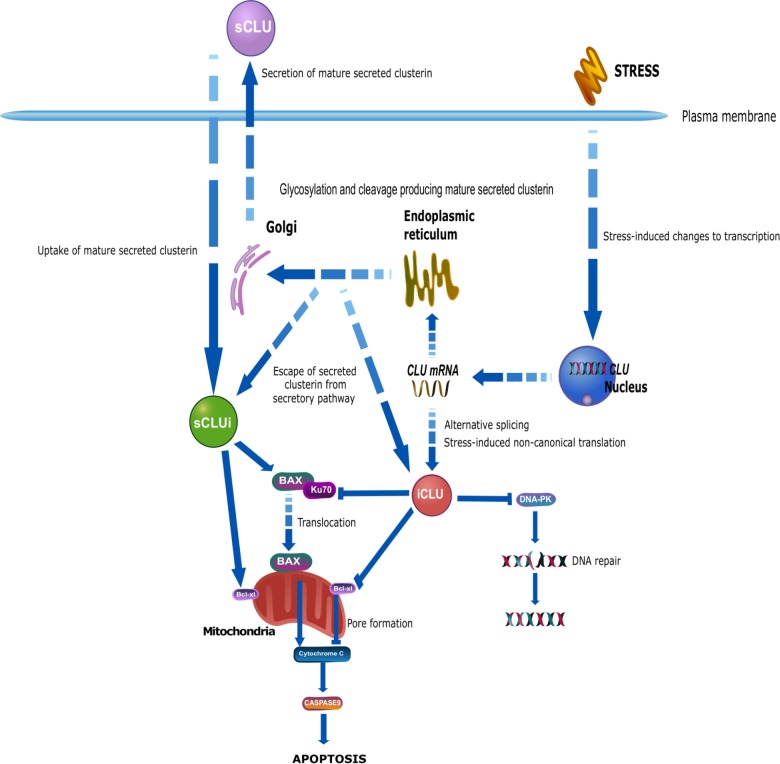Time series gene expression data is broadly used to review totally different dynamic organic processes. Although gene expression datasets share many of the traits of time series data from different domains, most of the analyses on this subject don’t totally leverage the time-ordered nature of the data and focus on clustering the genes based mostly on their expression values. Other domains, equivalent to monetary inventory and climate prediction, make the most of time series data for forecasting functions. Moreover, many research have been performed to categorise generic time series data based mostly on development, seasonality, and different patterns. Therefore, an evaluation of these approaches on gene expression data could be of nice curiosity to guage their adequacy on this area.
Here, we carry out a complete analysis of totally different conventional unsupervised and supervised machine studying approaches in addition to deep studying based mostly methods for time series gene expression classification and forecasting on 5 actual datasets. In addition, we suggest deep studying based mostly methods for each classification and forecasting, and examine their performances with the state-of-the-art methods. Experiments additionally recommend that supervised classification on gene expression is more practical than clustering when labels can be found. In time series gene expression forecasting, we observe that an autoregressive statistical strategy has the very best efficiency for brief time period forecasting, whereas deep studying based mostly methods are higher suited to long run forecasting.
A scientific literature search extending to February 2020 was performed within the PubMed, Scopus, Cochrane and National Health Service Economic Evaluation Database (NHS-EED) databases to search out and consider research the place there was an intention to conduct an financial analysis alongside an SWT. Studies had been assessed for his or her eligibility, findings, reporting of statistical methods and high quality of reporting. Recently, there was a rise in use of the stepped wedge trial (SWT) design within the context of well being companies analysis, attributable to its pragmatic and methodological benefits over the parallel group design.
Of the 586 research retrieved from the literature search, 69 research had been recognized and included on this systematic assessment. A complete of 54 research had been printed protocols, with eight financial evaluations and seven research reporting full trial outcomes. Included research various in phrases of their reporting of statistical methods, in each element and methodology. There had been 34 research that didn’t report any statistical methods for the financial analysis, and solely 16 research reported acceptable methods, primarily utilizing some kind of combined/multilevel mannequin, and two used seemingly unrelated regression. Twelve research reported the use of generic bootstrap methods and different modelling methods, while the remaining research did not appropriately account for clustering, correlation or adjustment for time.

Classification of Hearing Aids Into Feature Profiles Using Hierarchical Latent Class Analysis Applied to a Large Dataset of Hearing Aids
We developed a framework for objectively evaluating listening to aids, impartial of model, sort, or product household. This was performed utilizing a big dataset of commercially out there listening to aids. To obtain this, we investigated which listening to help options are appropriate for comparability, and are additionally related for the rehabilitation of listening to impairment. To examine listening to aids objectively, we distinguished populations of listening to aids based mostly on a set of key listening to help options. Finally, we describe these listening to help subpopulations in order that these may probably be used as a supporting software for the choice of an acceptable listening to help.
In this examine, we used technical (meta-)data from 3911 listening to aids (out there on the Dutch market in March 2018). The dataset contained about 50 of crucial traits of a listening to help. After cleansing and dealing with the data through a well-defined data discovery in database process, a complete 3083 listening to aids had been included. Subsequently, a set of well-defined key listening to help options had been used as enter for additional evaluation. The data discovery in databases process was additionally used as an goal guiding software for making use of an exploratory cluster evaluation to show subpopulations of listening to aids throughout the dataset. The latter was performed utilizing Latent Class Tree Analysis, which is an extension to the better-known Latent Class Analysis clustering methodology: with the necessary addition of a hierarchical construction.
A complete of 10 listening to help options had been recognized as related for audiological rehabilitation: compression, sound processing, noise discount (NR), enlargement, wind NR, impulse (noise) discount, lively suggestions administration, directionality, NR environments, and ear-to-ear communication. These options had the best influence on outcomes yielded by the Latent Class Tree cluster evaluation. At the primary degree within the hierarchical cluster mannequin, the 2 subpopulations of listening to aids may very well be divided into three major branches, primarily distinguishable by the general availability or expertise degree of listening to help options.
Higher-level outcomes of the cluster evaluation yielded a set of mutually unique listening to help populations, known as modalities. In whole, 9 behind-the-ear and seven in-the-ear modalities had been discovered. These modalities had been characterised by explicit profiles of (complicated) interaction between the chosen key options. A technical comparability of options (e.g., implementation) is past the scope of this analysis. The data had been cut up into an in-the-ear model listening to help subset and a behind-the-ear model subset, for separate analyses. We discover that deep studying based mostly methods typically outperform conventional approaches for time series classification.
Combining a big dataset of listening to aids with a probabilistic hierarchical clustering methodology permits evaluation of listening to help traits which extends past product households and producers. Furthermore, this examine discovered that the ensuing listening to help modalities might be thought of as a generic different to the manufacturer-dependent proprietary “ideas,” and may probably help the choice of an acceptable listening to help for technical rehabilitation. This examine is consistent with a rising want for justification of listening to help choice and the rising demand for evidence-based observe.







